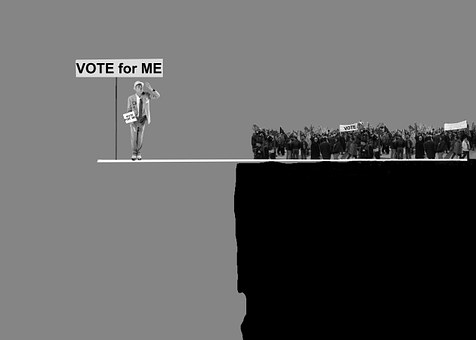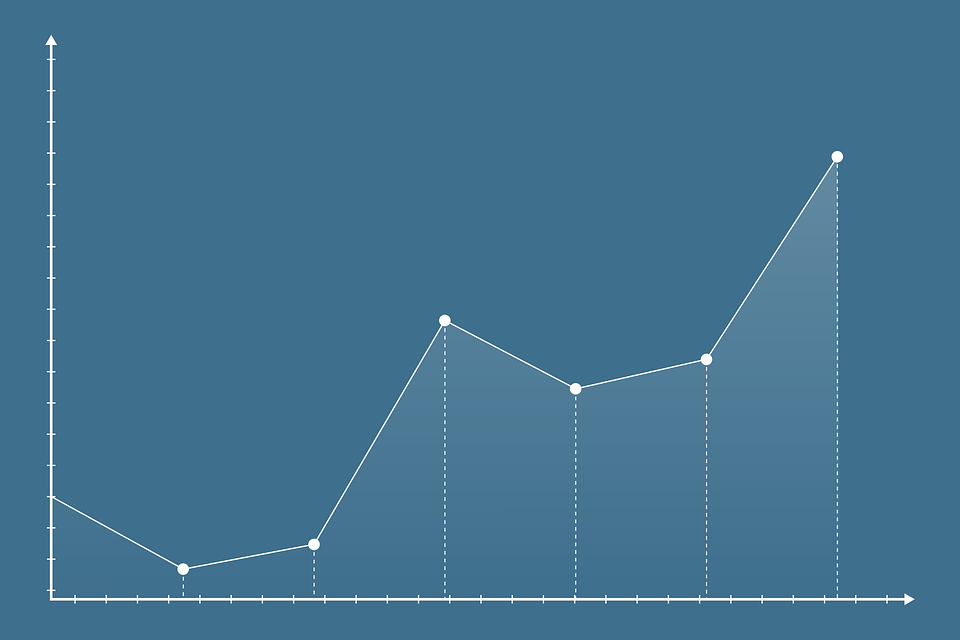The math here is simple. When the central bank, in our case RBI, cuts benchmark lending rates it becomes slight cheaper for borrowers to avail credit from the banking system. This in turn fuels growth as businesses borrow to exp and and also inflation as the consumer dem ands increase.
The RBI has been much criticized in the recent past for not lowering rates despite inflation hovering at record low level. Given that inflation stood at less than 2 percent, much lesser than the targeted rate of 4 percent, RBI seems to have enough room to let liquidity surge in the market. In the last bi-monthly monetary policy review, the RBI did take note of prevailing circumstances and cut the repo rate by 25 basis points to a multi-years low of 6 percent.
Also read: Underst anding Inflation And Why It Isn’t Bad
Many experts are not pleased with this as they expected more. The question is ‘Do we really need a below-6 percent key lending rate’? Should RBI be intimidated in full public view?
We know Indian banking system is already ailing and the non-performing assets have only grown owing to more corporates defaulting on their repayments in the backdrop of squeezed profit margins and stalled projects. With bolstered credit growth, the fear that more businesses may feel stressed in the future, thus unable to oblige to their repayment schedule cannot be overlooked.
Also read: How to tackle Banking Sector Woes
Banking is the backbone of any economy and the capital inadequacy of Indian banks is an exposed fact. The already-punctured system cannot be deteriorated further only in want of spurring credit activities. It is not to be disregarded that dem and is already subdued and any expansion of businesses must be backed by rationales, not by lure to increase factory activity and create superficial jobs.
Another aspect is that inflation can shoot up anytime in an economy like India that is vulnerable to adverse impacts of monsoonal rains; also count among these the yet to be seen impact of reforms like GST on the economy and inflation in the country. Further, the rising global tensions can anytime create shortages in supply of crude oil and other key imports. Money from abroad is finding its destination in Indian equity owing to reformist agenda of government and fiscal prudence being exercised; any of these two can see a reverse trend.
Isn’t it then judicious to leave the task of determining how much credit must flow in the market to the master of the game, the RBI? Unwanted pressure on the central bank from the government side or media’s so-called panel of experts or the business community will only prove detrimental all stakeholders in the long-run.
Not to be unheeded is the aspect that banks will crumble to any further increase in their non-performing assets, which is likely if imprudent lending is resorted to in the wake of reduced interest rates. So is with inflation that can rear its ugly head any time after the real impact of monsoon is known. Whether or not Indian economy needs more rate cuts is a question that can be answered best by RBI; hence let the masters do the talking.
To get your article published on Suvipra.com, refer our guidelines Guidelines
Contribute article Contribute















